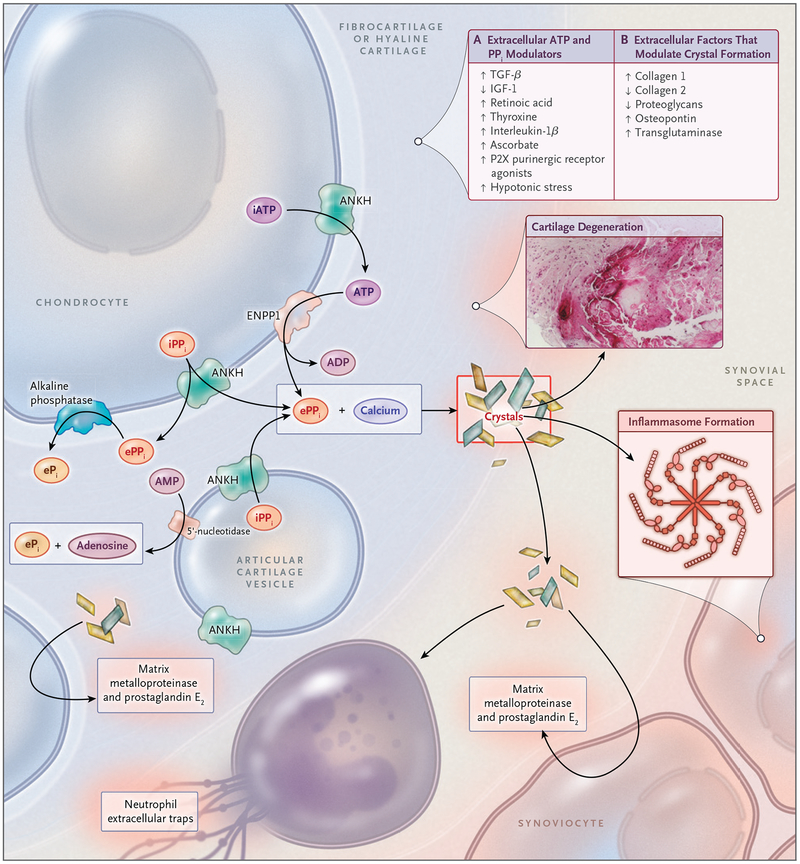Figure 3. Pathophysiological Features of CPPD Disease.
The formation of CPP crystals occurs in the articular cartilage pericellular matrix and is facilitated by extracellular vesicles known as articular cartilage vesicles. Pyrophosphate (PPi) is generated from extracellular ATP and forms complexes with calcium to create CPP crystals. Panel A of the box, upper right, lists the factors that are known to modulate levels of extracellular ATP and PPi, and Panel B the extracellular matrix factors that regulate the formation of CPP crystals. P2X indicates one class of purinergic receptors. CPP crystals induce inflammation in the synovial space but also have adverse biomechanical consequences and direct catabolic effects on joint tissues owing to the production of prostaglandin E2 and matrix metalloproteinases. These factors ultimately produce cartilage degeneration, as shown by the CPP crystal deposit in cartilage in situ (inset). ANKH denotes human homologue of the protein product of the progressive ankylosis gene, ENPP1 ectonucleotide pyrophosphatase 1, ePi extracellular phosphate ion, ePPi extracellular PPi, IGF-1 insulin-like growth factor 1, iPPi intracellular PPi, and TGF-β transforming growth factor β.

